

Intervertebral disc disease (IVDD) is a condition where the cushioning discs between the vertebrae of the spinal column either bulge or burst (herniate) into the spinal cord space. These discs then press on the nerves running through the spinal cord causing pain, nerve damage, and even paralysis.
Breeds of dog that are predisposed to IVDD include the Dachshund, Beagle, Basset Hound, and Shih Tzu.
Made up of a gelatinous substance surrounded by a thick outer layer, intervertebral discs are basically the shock absorbers of the spine. There are two types of disc herniation seen in dogs: Type I and Type II, of which Type II generally has less severe signs and symptoms.
Symptoms of IVDD may include:
In Type I, common in the neck region of smaller breeds, discs develop a hardening (or calcification) of the outer layer. This damages the disc, allowing it to break down easier. Any forceful impact such as jumping and landing can cause one or more disc(s) to burst and the inner material to press on the spinal cord. With Type II herniation, the discs become hardened and fibrous over a long period of time and eventually break down, bulge out, and compress the spinal cord.
When the nerves of the spinal cord are compressed, the nerve impulses are not able to transmit their signals to the final destination in the limbs, bladder, etc. If the damage is severe enough, paralysis and loss of bladder and bowel control can occur. Depending on the location of the disc that is bulging, signs occur anywhere in the body from the neck to the rear legs.
Examination by your veterinarian will include a complete neurologic exam, which will help identify where in the spinal cord the injury is located. Plain X-rays may show an abnormal area in the spine. However, because the spinal cord does not appear on X-rays, special imaging may be necessary to locate the source of the injury.
Once such procedure, called a myelogram, injects a special dye into the spine, which surrounds the spinal cord and allows it to appear on X-rays. This test requires the animal to be put under anesthesia. In some cases, further testing such as an MRI (magnetic resonance imaging) or CT (computed tomography) scan can also be used to locate where the nerves are being pinched, which is necessary for surgical repair.
Depending on the severity of the damage to the spinal cord, treatment can range from conservative to surgical. Conservative care usually includes treatment with drugs such as steroids and anti-inflammatories to reduce the swelling of the cord and reduce pain. The dog must also be kept confined in a crate or cage to prevent further damage from occurring for up to six weeks. After a period of resting, he may gradually return to normal activity.
If the damage is too severe and the dog is paralyzed or incontinent, conservative treatment may not be enough. In these cases, emergency surgery is needed to open up the space. This is done by removing a portion of the bony vertebrae over the spinal cord (laminectomy). Even after surgery, however, the dog may not recover fully.
Most of the animals with IVDD have spasms of the back muscles. Treatment for this symptom usually includes heat and massage techniques along with medications. Commonly used medications include diazepam and methocarbamol. Diazepam is a muscle relaxant which is also used to calm an animal and treat convulsions. Methocarbamol is another muscle relaxant effective in treating muscle spasms caused by IVDD. It acts directly on the nervous system instead of on the muscles themselves.
Many of the dogs that have a mild to moderate case of IVDD will get feeling back in their legs and walk again. In addition, those that undergo surgery have a better chance of recovery if they are operated soon after initial diagnosis. Others recover but have subsequent bouts with IVDD if other discs burst later in life.
Rehabilitation of animals post-surgery is important to help dogs regain function and speed recovery. The quality of life for these animals can be good if given proper nursing care. Despite this, some dogs need a special cart (like a wheelchair for pets) made for them to be mobile and active again.
In breeds that are predisposed to this disease, keeping them at a lower weight will help reduce the stress on their backbone and neck. Walking with a harness will keep stress off the neck, too, especially if the dog tends to pull on the leash. He or she should also have steps or ramps set up to get up on furniture and beds, as well as a quality diet to maintain optimum health.
Because of the congenital nature of this disease, your veterinarian will most likely recommend against breeding dogs with IVDD.
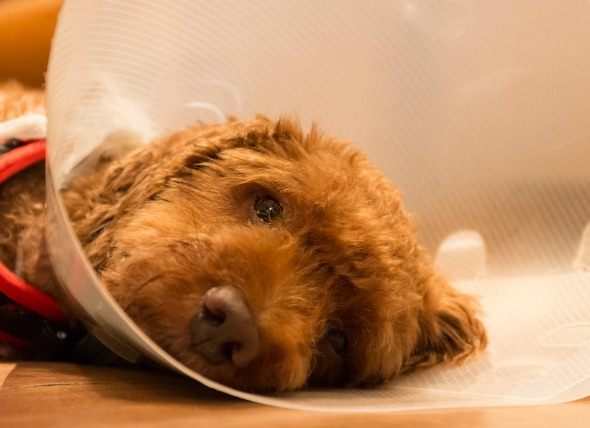 Pain (Acute, Chronic and Postoperative) in Dogs
Sharp/Sudden Pain, Long Term Pain or Pain Following a Su
Pain (Acute, Chronic and Postoperative) in Dogs
Sharp/Sudden Pain, Long Term Pain or Pain Following a Su
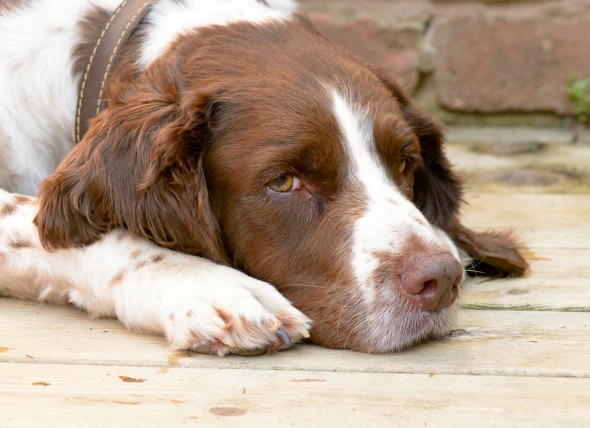 Racoon Disease in Dogs
Baylisascariasis in Dogs
Most commonly called &qu
Racoon Disease in Dogs
Baylisascariasis in Dogs
Most commonly called &qu
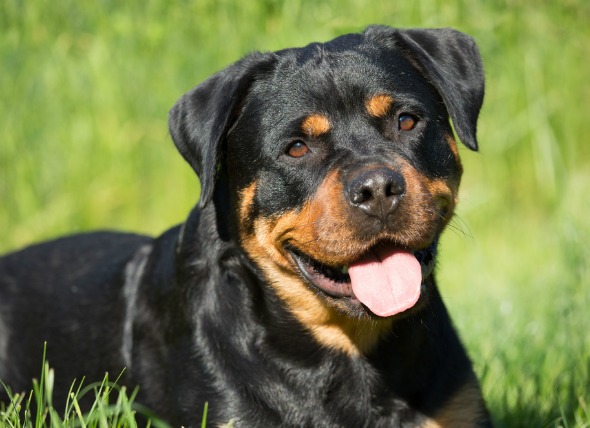 Acne in Dogs
Pustules in Dogs
Much like in teenage humans, acn
Acne in Dogs
Pustules in Dogs
Much like in teenage humans, acn
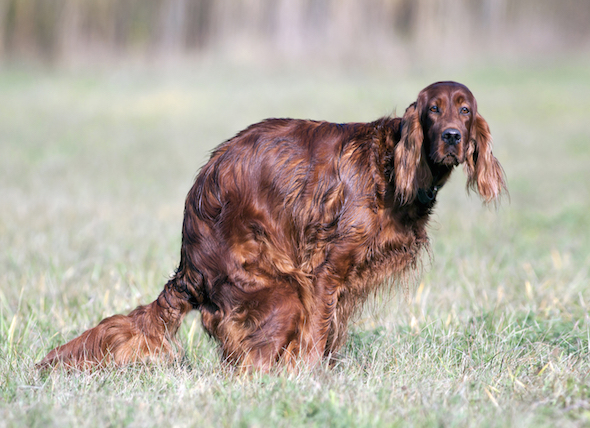 Stomach Flu with Bloody Diarrhea in Dogs
Hemorrhagic Gastroenteritis (HGE) in Dogs
Hemorrh
Stomach Flu with Bloody Diarrhea in Dogs
Hemorrhagic Gastroenteritis (HGE) in Dogs
Hemorrh
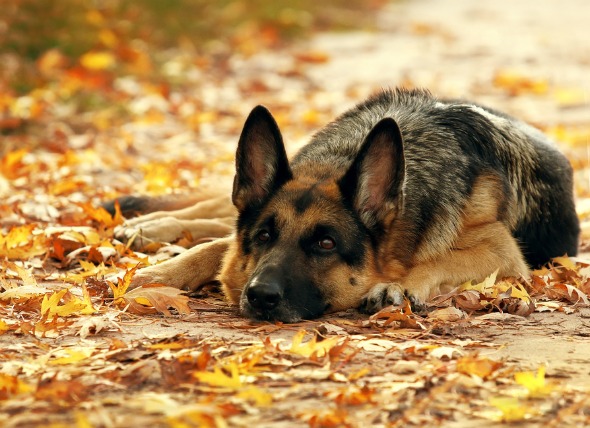 Abscesses in Dogs
Surface wounds are fairly common in pets, but the
Abscesses in Dogs
Surface wounds are fairly common in pets, but the
Copyright © 2005-2016 Pet Information All Rights Reserved
Contact us: www162date@outlook.com